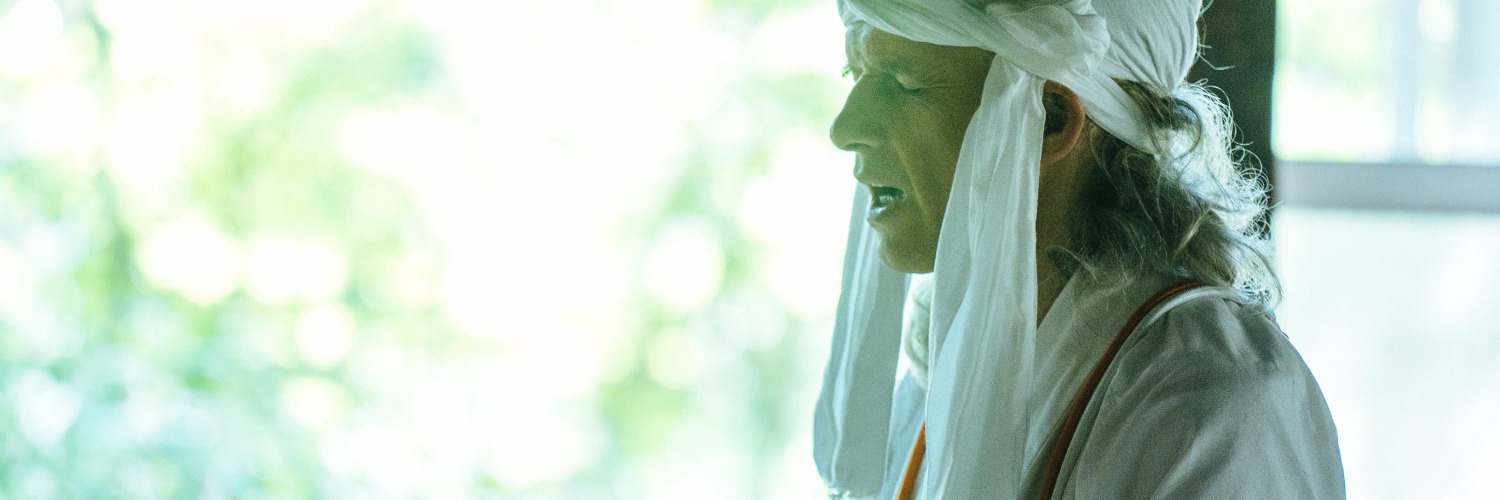Lessons from the Mountain
Death and rebirth in the mountains. That was the reason I travelled to Japan. It doesn't sound like an ideal vacation, but when you think about it, every journey is a kind of rebirth. When we travel we go away from our day-to-day lives and come back home again. This stepping away from the burdens of daily life is what I value about travel. It allows me to think about work, friends and family with a fresh perspective. Travel is time to consider where I am on the bigger journey of life.
That is why I like to travel to Japan. I can find many of the comforts and conveniences of home and it is also one of the few places in the world where I feel totally safe. More than that, Japan offers excellent opportunities to explore so many mindful activities that bring a deeper sense of fulfillment to life; such as Zen meditation, Noh drama and traditional archery. This is what I experienced on a recent visit to Yamagata.
I had heard about this amazing Japanese-Italian fusion restaurant called Al checciano. The restaurant is known for it's delicious food using local organic vegetables, wild game and seafood from the local mountains and Japan Sea. It also serves some really good local Yamagata wines that I wanted to try. I booked a reservation to go there after my death and rebirth experience in the mountains of Dewa-Sanzan.
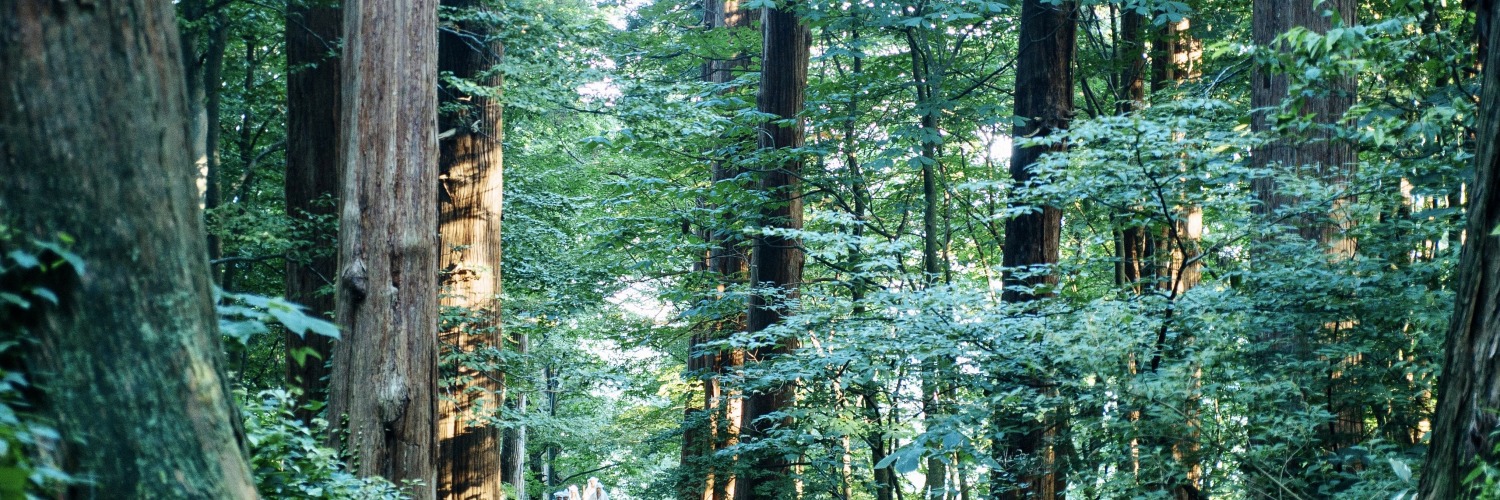
I had read about the mountain shaman, Fumihiro Hoshino who runs a pilgrim's lodge at the foot of Mt. Haguro. He is a thirteenth generation Shugendo master and I was eager to meet him. This ancient mountain worship tradition called Shugendo is a mixture of Buddhism, Shinto, Taoism, as well as shamanic and animistic traditions. Master Hoshino offers guided workshops to experience the death and rebirth rituals in this little known mountain worship tradition of Shugendo.
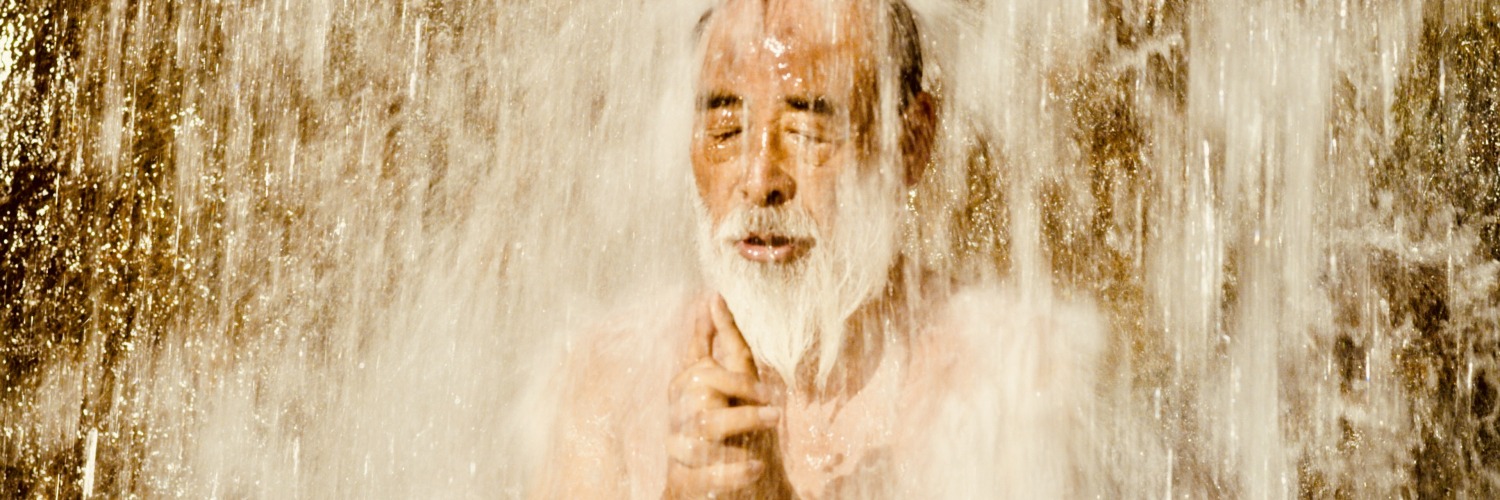
Master Hoshino was the perfect guide, because I didn't need to speak Japanese or be familiar with Buddhism or anything else. What he offered is that rare opportunity to simply get back in touch with the body, mind and spirit in a beautiful and culturally rich environment.
Master Hoshino offers a variety of courses during the summer months when the mountain paths are not buried in deep snow. I choose the four-day full course that includes short and long walks in the mountains, zen meditation, praying under waterfalls and other experiences that I will not mention, as they are best left as surprises.
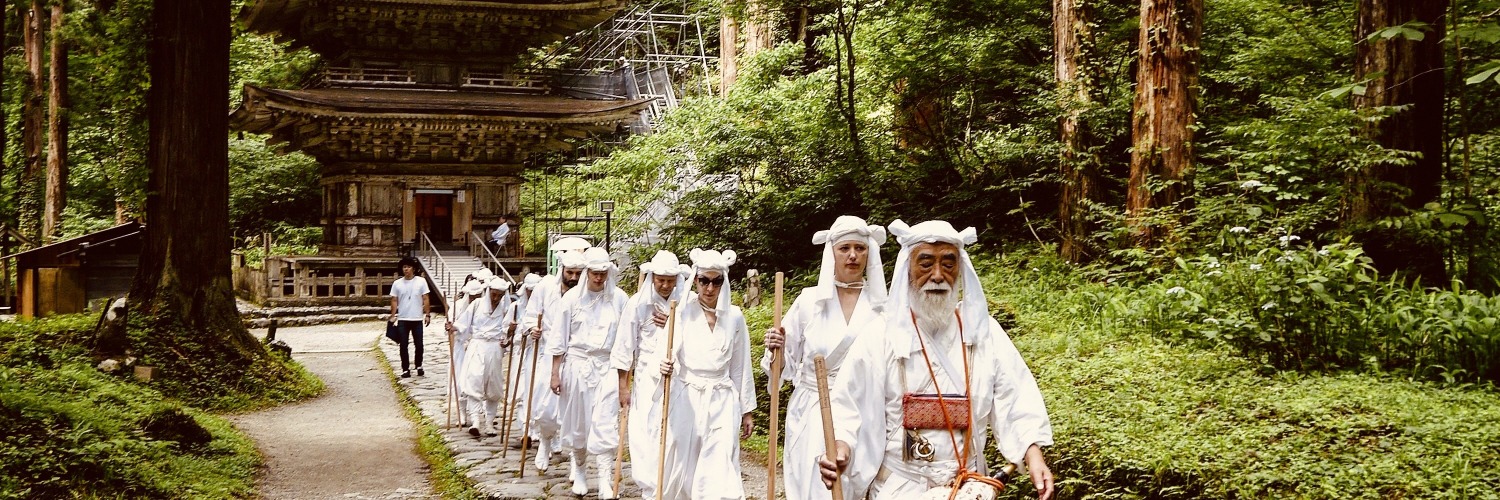
When I arrived at Master Hoshino's rustic pilgrim's lodge I was provided with a set of white Yamabushi robes, knickers and spats to wear. White is the color of death in Japan, I was told, and wearing these white pilgrim's clothes helped me to forget about my everyday worries and cares. The whole outfit was comfortable to wear and provided unusual freedom of movement, especially when we had to jump over a fire on the forth and final day before returning to the material world.
Hiking in the mountains with Master Hoshino was like stepping into a movie, like The Wizard of Oz. I was certainly not in Kansas anymore! I had never felt so far away from home before, but in a good way. Of course there were moments that tested my physical and mental endurance, like the long walk over the three sacred mountains of Dewa. There were also moments of incredible beauty, such as hiking under the full moon at night, or standing under towering cedar trees and listening to the chorus of distant songbirds reverberating in the wind, that made the effort all the more meaningful.
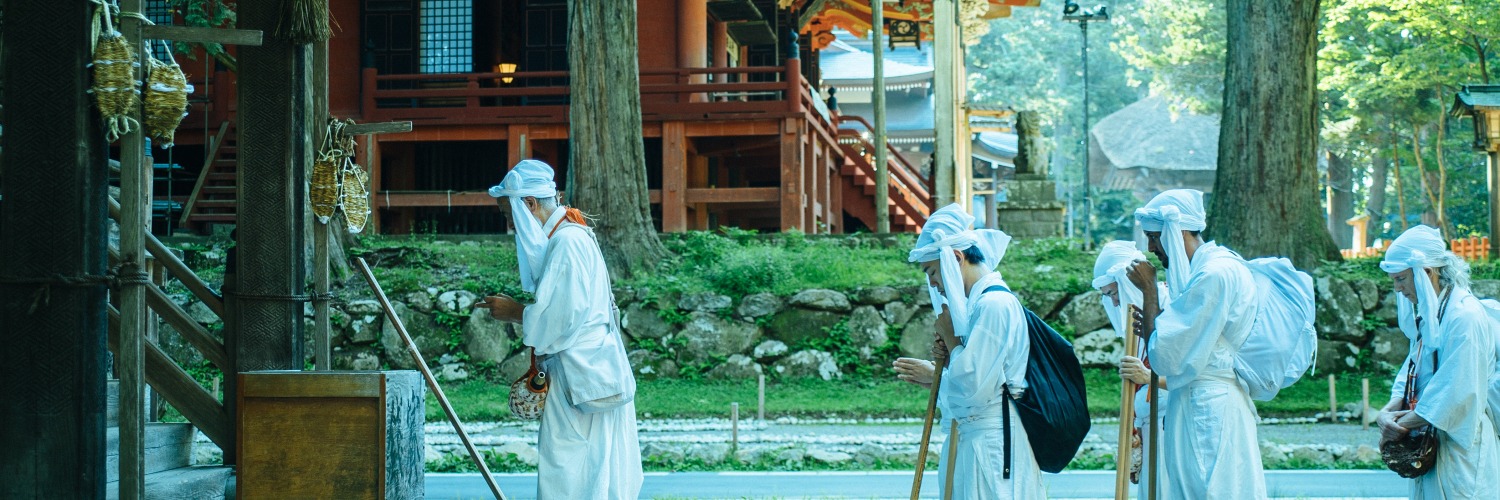
Master Hoshino didn't speak much during the four days. Which was refreshing to let the mind relax and not have to process information. He simply guided us on walks, led us in chanting and showed us how to get our footing under surging waterfalls. That is what makes Master Hoshino a true shaman. He believes that life's best teacher is Nature. Just by allowing ourselves to attune with nature, by simply walking, breathing, chanting, and summoning the nerves to stand under a cold waterfall, all these things allow us the chance to deeply feel what's going on in our body and mind. "My role is simply to connect people with Nature," Master Hoshino told me afterwards.
Of course there were challenging moments, like the time the triton shell horn blasted as we were getting ready to go to bed. We were told to get dressed and prepare for a hike in the mountains. When I heard this, my heart dropped into my belly. I was tired and wanted sleep. But we were taught to simply shout "Uketomo!" This released what I was feeling inside, and I was able to enjoy walking in the forest at night.
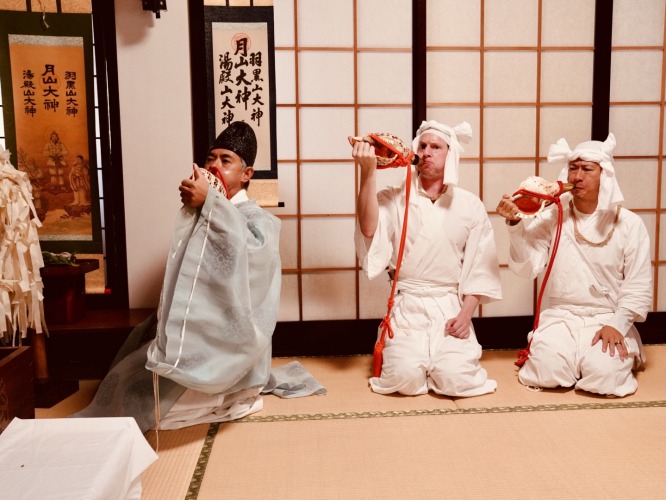
That word, uketomo, became a powerful word for me during the Yamabushi training. It means something like "I accept with an open heart." Just saying the word got me through some difficult moments on the trail, especially when I was dealing with negative thoughts and feelings. There is a great freedom in not fretting about life, I learned, and being able to go with the flow has actually made me a stronger and more flexible person.
I've done various yoga and meditation courses in the past, but looking back on that Yamabushi experience with master Hoshino, I can say it is one of the most transformative journey's I have ever experienced. In such a short amount of time, I felt so much healthier, stronger and happier, and a little wiser too. I was reborn.
By Everett Kennedy Brown
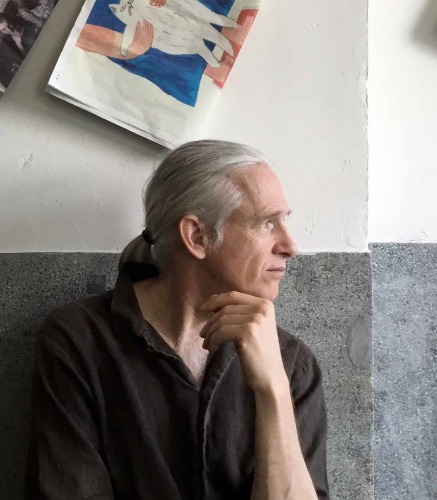 Kyoto based American artist, writer and
Kyoto based American artist, writer and
director of the Kyoto Kaisho foundation.
